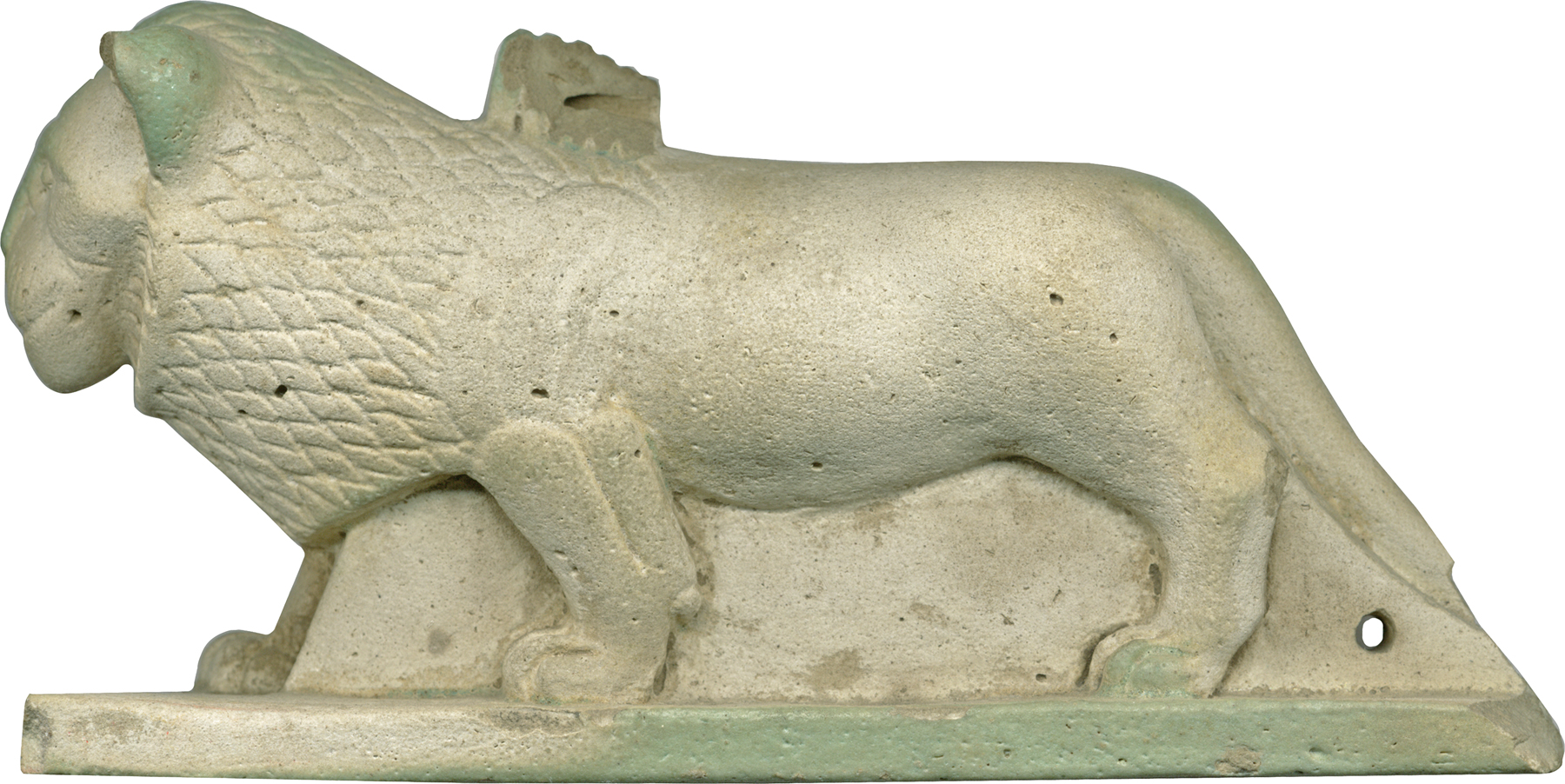Lion
(Ancient Egypt and Nubia )
Representation of male lions were common in Ancient Egypt from the Predynastic to the Roman Period. They were related to Kingship as well as to the sky. This figurine was either used as an amulet or by a priest or entitled person in a ritual. Egyptian lions such as this have usually a closed mouth different from the Near Eastern lions which are represented as if they were roaring.
Provenance
Provenance (from the French provenir, 'to come from/forth') is the chronology of the ownership, custody, or location of a historical object. Learn more about provenance at the Walters.
Joseph Abemayor, until 1930 [mode of acquisition unknown]; Henry Walters, Baltimore, 1930 [mode of acquisition unknown]; Walters Art Museum, 1931, by bequest.
Geographies
Egypt (Place of Origin)
Measurements
H: 2 3/16 x W: 15/16 x D: 4 7/8 in. (5.53 x 2.4 x 12.41 cm)
Credit Line
Acquired by Henry Walters, 1930
Location in Museum
Not on view
Accession Number
In libraries, galleries, museums, and archives, an accession number is a unique identifier assigned to each object in the collection.
In libraries, galleries, museums, and archives, an accession number is a unique identifier assigned to each object in the collection.
48.1538










